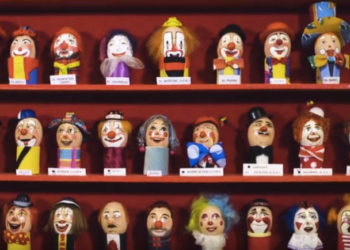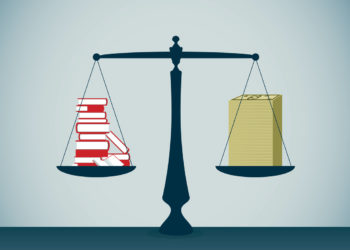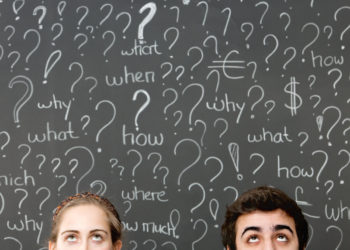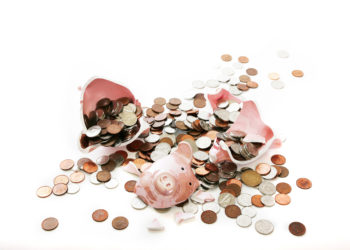Earlier this week marked the first time in 20 years that a large trove of new works entered the US Public Domain. The Sonny Bono Act of 1998 extended copyright in the US in what was widely derided as a fairly transparent scheme by the Disney corporation to extend their protection of Steamboat Willie, the first appearance of Mickey Mouse (1928) from moving into the Public Domain.
When that expires, Steamboat Willie can be given away, sold, remixed, turned pornographic, or anything else. (Mickey himself doesn’t lose protection as such, but his graphical appearance, his dialog, and any specific behavior in Steamboat Willie—his character traits—become likewise freely available. This was decided in a case involving Sherlock Holmes in 2014.)
When a work is eligible is complicated, as explained in The Atlantic article quoted above, but January 1, 2019 marks the first time since 1998 that we’ve seen a mass shift of material to the Public Domain. Works from 1923 entering the Public Domain include Buster Keaton and Charlie Chaplin films, Felix the Cat cartoons, and the song, “Yes! We Have No Bananas.” Literary works by Virginia Woolf, George Bernard Shaw, Edith Wharton, and Edgar Rice Burroughs join artworks by Brancusi, Matisse, and Duchamp among many others.
The Public Domain is our shared cultural heritage. Part of the bargain that is struck with the government to enable copyright protection is that works must eventually emerge from under that protection. While copyright reform efforts continue, it’s nice to see at least some small sliver of balance restored to the equation.
To celebrate, find Cecille B. DeMille’s 1923 epic, “The Ten Commandments” below for your viewing/remixing/redistribution/selling pleasure.
Discussion
5 Thoughts on "Welcoming Back The US Public Domain"
Thanks for linking to Duke’s Center for the Study for the Public Domain, which in turn links to Haithitrust. When they put the Robert Frost book of poems, I know they have gone through a rigorous review. We can now talk seriously about wider audiences for these works, full adaptations/modifications/commentary, and all the other economic and social values this brings.
“Modifications”? You want modifications to Robert Frost?
https://en.m.wikipedia.org/wiki/Poe%27s_law
(Of course, it has crossed my mind that I’ve been duped by Poe’s Law wrt Joe’s comment as well!)
Seriously, though, certainly we need further study on whether the road “less traveled by” has indeed “made all the difference” or whether this could be better attributed to some sort of placebo effect.
Joseph,
Grin. I’m not a poet. But I can see pop singers re-mixing rap songs with Robert Frost’s lines, modern poets taking Robert Frost and mixing with e.e.cummings. Teachers mixing poetry with modern language. The sky’s the limit! But yeah, I know people who feel horror at comic book versions of Grimm fairy tales. It makes me laugh just thinking of it



